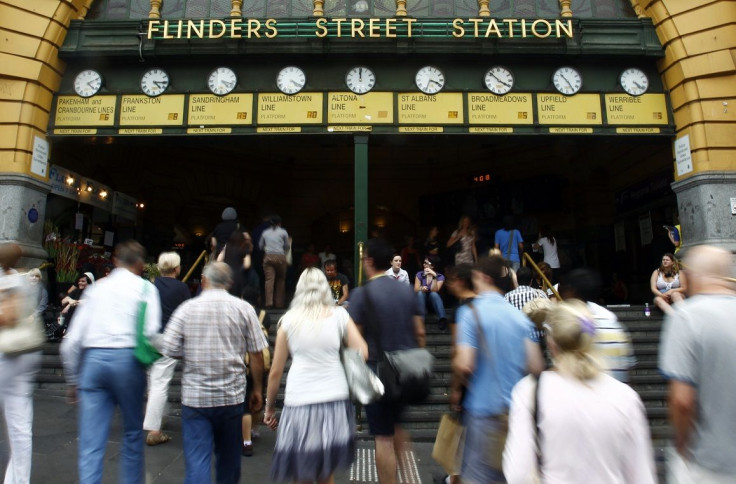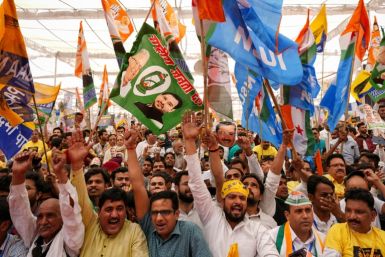Unemployment in Australia unmoving at 5.7%, employment increases 17,900 in May

Australian unemployment was steady at 5.7 percent in May. Employment, on the other hand, increased, with the estimated addition of 17,900 jobs for the same month, the Australian Bureau of Statistics has announced.
The data, released by ABS on Thursday, was a little above analyst expectations of additional 15,000 jobs for the month of May. With the added 17,900 jobs, employment increased to 11,930,700. Full-time employment was steady at 8,156,500, while part-time increased 19,900 to 3,774,200. All numbers were seasonally adjusted.
Unemployment rate is still at 5.7 percent. The number of people looking for full-time work decreased 6,200 to 509,200, but the number of unemployed people looking for part-time work increased 7,800 to 217,200.
The data shows an unmoving participation rate of 64.8 percent, which remained unmoving from April’s all-time low. The monthly hours worked in all jobs also shows significant rise of 27.7 million hours to 1,643.1 million hours.
The jobs growth reflects the Australian economy’s transition from mining to services industries, according to Michael Blythe, Commonwealth Bank managing director of economics.
“Typically all those service jobs pay less than those mining and construction jobs, where a lot of the employment losses have been, so you’re getting that lower income effect coming through,” he said (via SBS).
RBC Capital Markets strategist Michael Turner said that the data only shows the labour market has weakened rather than tightened over the last few months.
“That’s consistent with ongoing inflationary pressure and further Reserve Bank easing,” he said.
Commsec’s chief economist, Craig James, said there’s “no surprises” in ABS’s data.
“While job creation is concentrated in part-time positions, this is to be expected with an election underway,” James said. “Businesses want to see the election outcome before they commit to taking on more workers. And encouragingly, the number of hours worked posted the strongest gain in 16 months suggesting that the work is there. Businesses are just meeting the extra demand by hiring temps and getting existing employees to work more hours.”
Read more: Unions, businesses not happy with FWC’s 2.4% minimum wage hike in Australia






